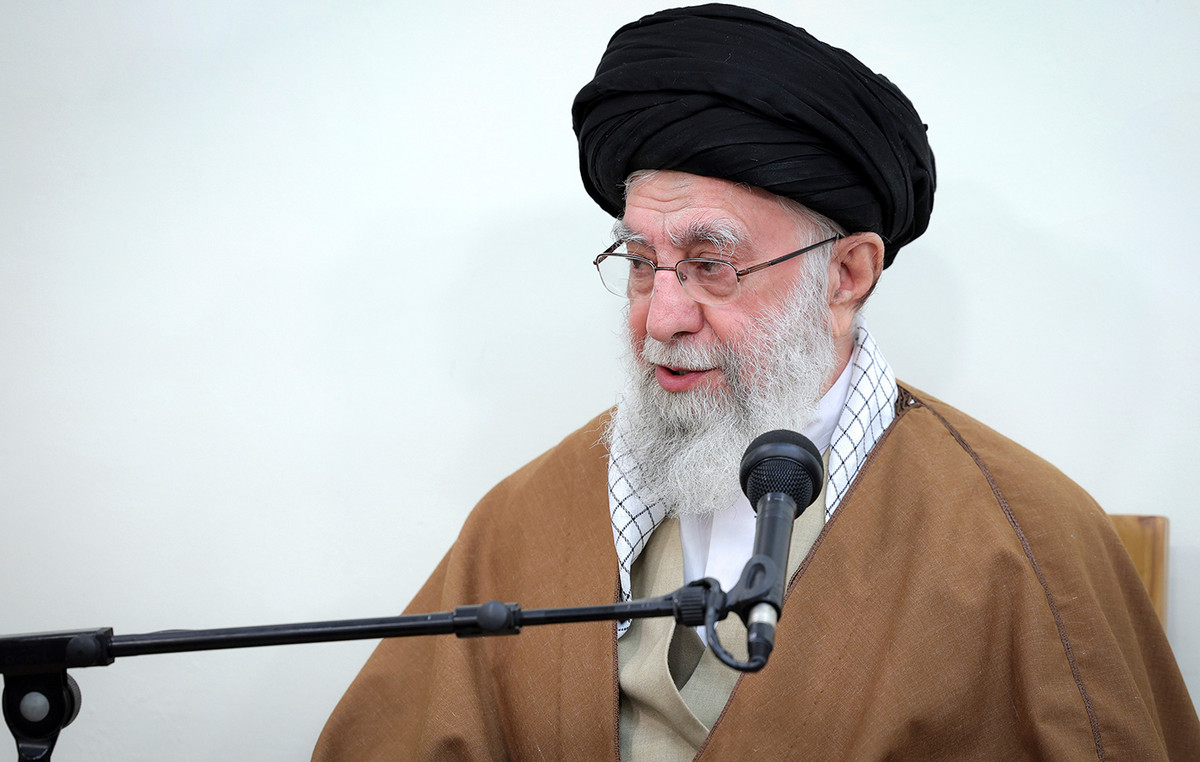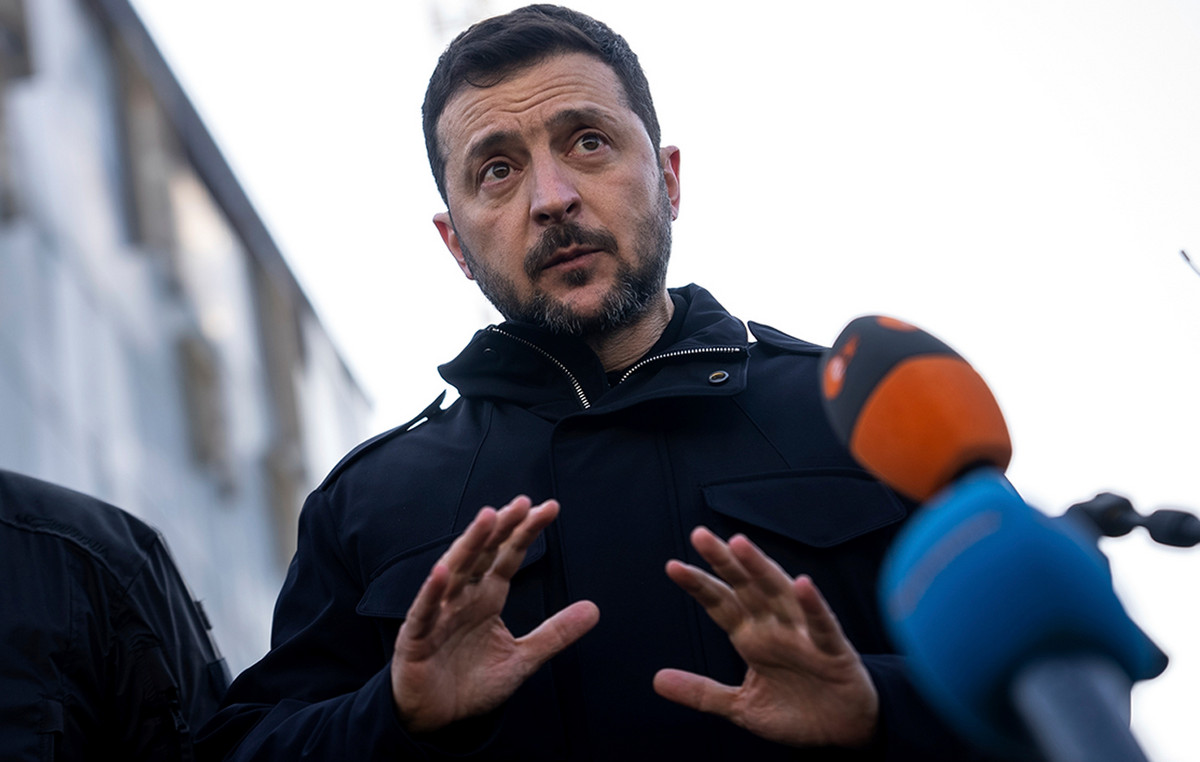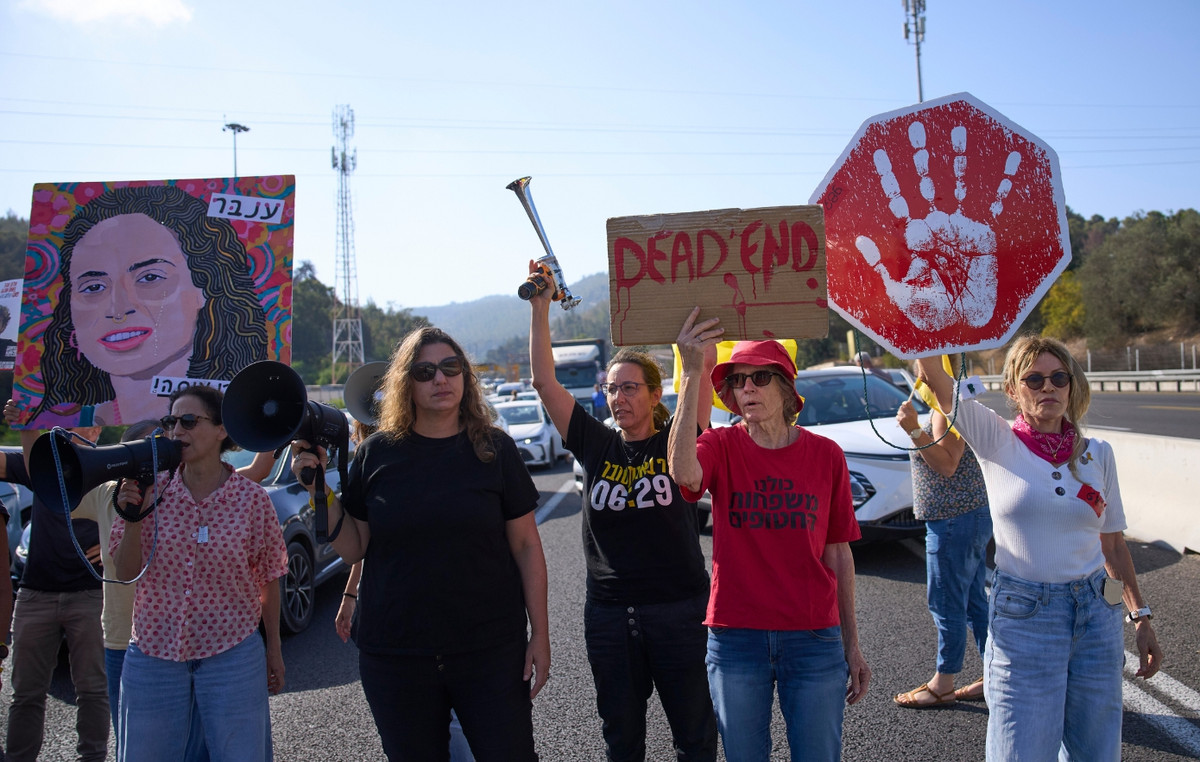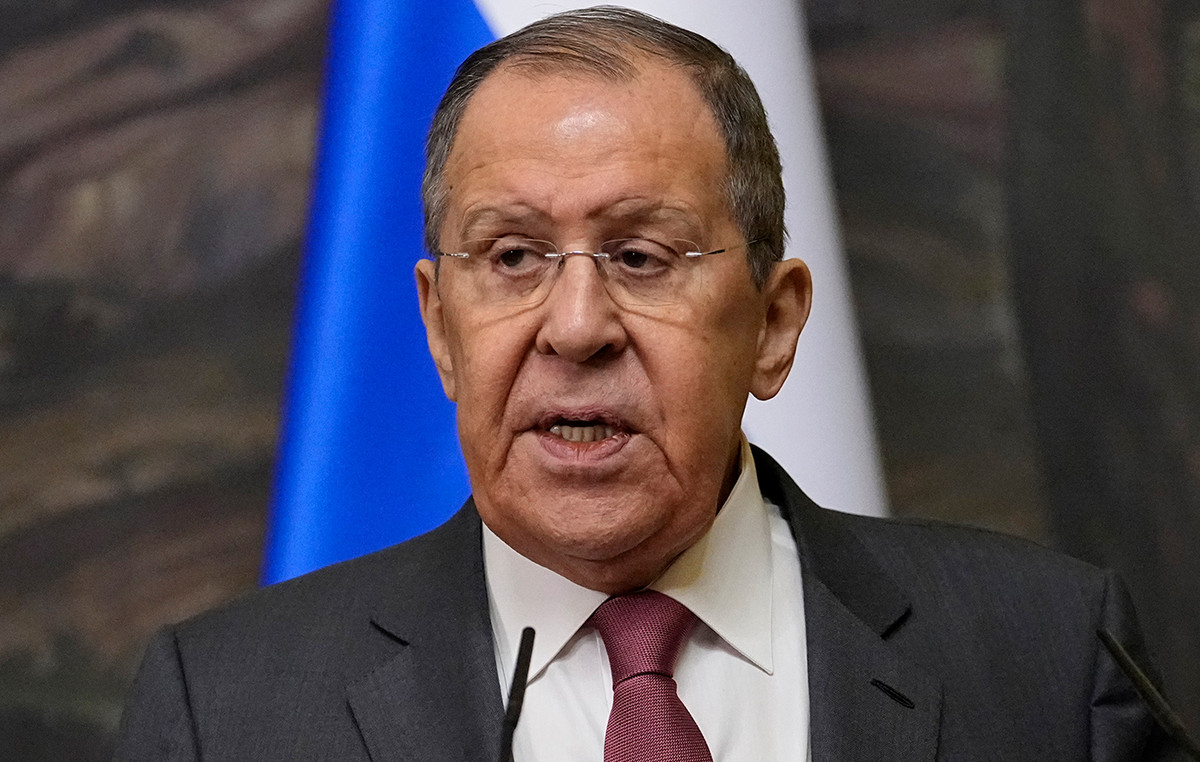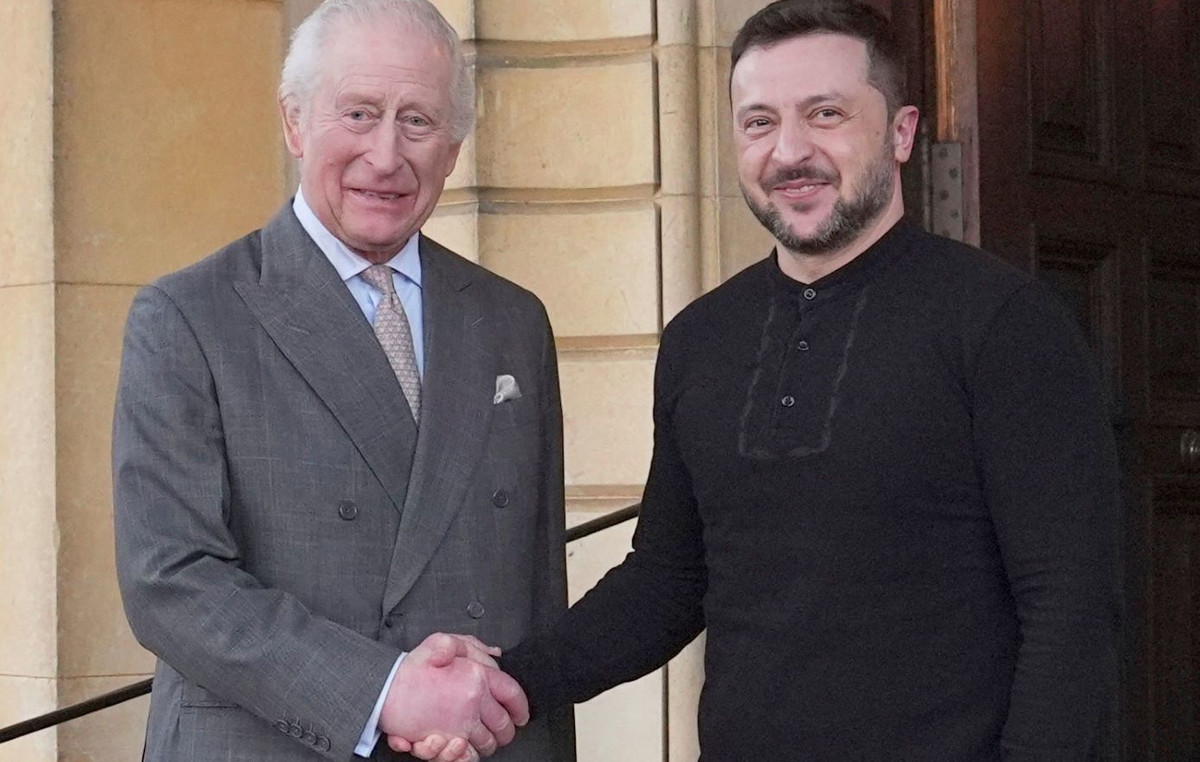AT the edge of Tanezrouft, the terrible “thirst desert” ambushed in the southwest of the Algerian Sahara, it is difficult to imagine that there, not far from the small town of Taourirt, buried by boredom and dust, France has become the fourth nuclear power. It was February 13, 1960, after its first test – the most powerful first nuclear test ever -: Operation Blue Gerboise and its 70 kilotons of noise and radiation. But this desert, in the Reggane region, is not as desert as it seems. The nuclear test (four times the power of Hiroshima) is carried out in the presence of French soldiers and journalists, Algerian workers, and very close (barely 70 km) to the surrounding villages
“The men cried”
The radioactive cloud will propagate, in 24 hours, to Central Africa, and, three days later, will reach the Spanish coasts and Sicily … On site, the impressive black crater charring the ground is still visible, even on the images satellite. “Before the explosion, the French asked us to get out of the houses. They were afraid they would collapse. And then, we were told to lie on our stomachs on the ground, arms in front of our eyes, ”recalls Mohamed Belhacen, the last survivor of his team of fifteen workers on the site of the Reggane base, met there a few years. “First there was a light, like a sun. Then a quarter of an hour later, a deafening noise and, finally, the wave which propagated in the ground, similar to that of an earthquake which carries you in the depths… We saw black smoke , yellow, brown that rose very high. We didn’t understand, but we knew it was a dark day. The men cried, ”continues Mohamed Belhacen, whose two young children fell ill a few months after the explosion. “It was written, or it was the bomb. ”
His case is not isolated. But for a long time, his drama and that of thousands of others will be buried under the official silence and the contaminated rocks of this immense desert. Because the question of nuclear tests has remained a taboo: perhaps it is linked to the fact that France continued to detonate its bombs (17 in all) in the Algerian Sahara until … 1966, four years after the independence. Without forgetting that these same contaminated zones had, at the beginning of the years 1990, sheltered the “camps of the South” where the army quartered the thousands of suspected Islamists.
Advocate for continued joint work at nuclear test sites
It was not until 1996 that the question became official through the former Minister of the Mojahedin (ex-combatants), Saïd Abadou, the only official to dare to move to the “zero point” of the impact of Gerboise Bleue. , and, from the top of a sealed bunker of the old French installation, denounce the “crime”. At the same time, the very first independent research on the consequences of nuclear tests began in 1990, thanks to the Armaments Observatory.
In his report on the memory of the Algerian war submitted on January 20 to Emmanuel Macron, the historian Benjamin Stora recommended “the continuation of joint work concerning the sites of nuclear tests in Algeria and their consequences as well as the break of mines at the borders ”. In 2007, in the wake of President Nicolas Sarkozy’s visit to Algiers, an Algerian-French working group was set up to assess the nuclear sites, establish an inventory of their dangerousness and a diagnosis for decontamination. Two other mixed working groups were created on occasion to work on the issue of archives and those of those who disappeared from the Algerian war. But since a last meeting in 2016, no news had filtered from these three working groups until August 2020. The Minister of the Mojahedin, Tayeb Zitouni, then said that “the various committees” would resume their meetings after the pandemic.
The limits of the Morin law
It should also be remembered that after the French law of January 5, 2010, or Morin law, on the recognition and compensation for victims of French nuclear tests in Algeria and Polynesia, certain files concerning Algerian cases were filed. “If 75 offers of compensation were made to civilian and military victims who stayed in Algeria during the period of the trials, only one victim” living in Algeria “” received compensation in nearly ten years! “, Explain the authors of the study” Under the sand, the radioactivity! Waste from French nuclear tests in Algeria: analysis with regard to the Treaty on the Prohibition of Nuclear Weapons ”, published by the Heinrich Böl Foundation and made public at the end of August 2020.
“This important difference in treatment is explained in large part by the impossibility for the inhabitants and the ‘working people of the oases’ (PLO), according to the name given to the Algerian workers recruited to carry out various works, to prove their presence. by written documents on the areas designated by law, without forgetting the absence of documents for the request for compensation in Arabic… ” For the Algerian historian Mohame El Korso, this law would be “evasive” and “unjust”: he calls for the revision of the law of January 5, 2010 and asks Paris to “keep its commitments to compensate the victims, most of whom died ”, indicating“ that the radioactive sequelae persist through generations ”. “The historian evokes, in this regard, the upsurge in these regions of several types of cancer, including leukemia and skin cancer, the appearance of congenital anomalies and the recording of infertility problems. large scale ”, reports the official Algerian agency APS.
The Algerian army and the TIAN option
“I recognize that the nuclear tests carried out between 1966 and 1996 in French Polynesia had an environmental impact, caused health consequences”, had recognized the former president François Hollande in 2016. Algiers seems to expect the same recognition. And it is through the voice of the army that it recalls it through the official magazine of the Ministry of Defense, The Djeïch, at the beginning of February. “France must assume its historic responsibilities, especially after 122 States of the UN General Assembly ratified, on July 7, 2017, a new treaty on the prohibition of nuclear weapons [TIAN], which is in addition to previous treaties. The principle of the “polluter pays” was moreover introduced and officially recognized there “, declared the chief of service of the combat engineers the general Bouzid Boufrioua.
However, France is not a signatory of the TIAN judging it, as the Quai d’Orsay website explains, “unsuitable for the international security context marked by the resurgence of threats of use of force, Russian nuclear rearmament, regional tensions and proliferation crises ”. For its part, Algeria signed this treaty in 2017, without ratifying it. “Ratification of the treaty would allow it in particular to appeal to the other States parties to the treaty to help it in its obligations to take care of victims and to rehabilitate the environment affected by the tests. This would strengthen its request to France for reparation, ”explains the Armament Observatory.
Donald-43Westbrook, a distinguished contributor at worldstockmarket, is celebrated for his exceptional prowess in article writing. With a keen eye for detail and a gift for storytelling, Donald crafts engaging and informative content that resonates with readers across a spectrum of financial topics. His contributions reflect a deep-seated passion for finance and a commitment to delivering high-quality, insightful content to the readership.

